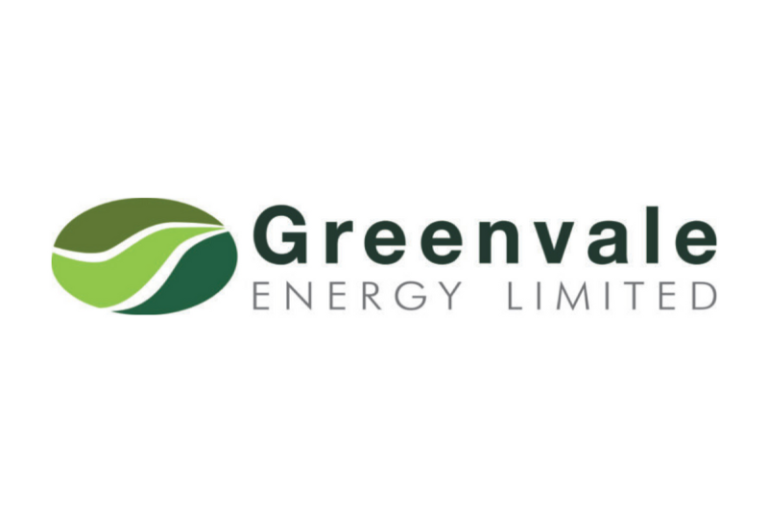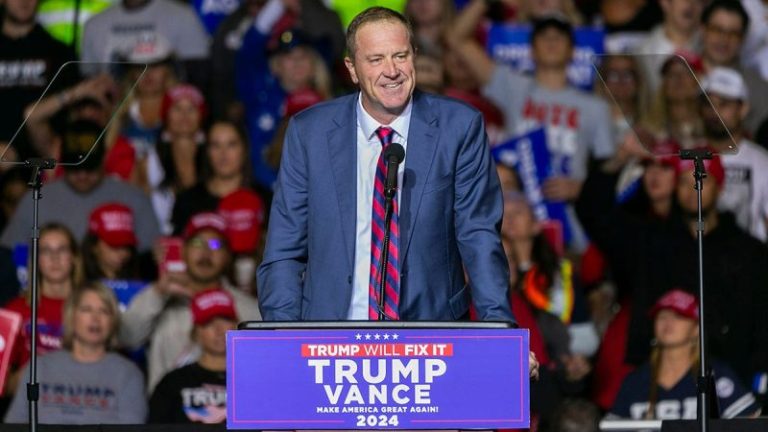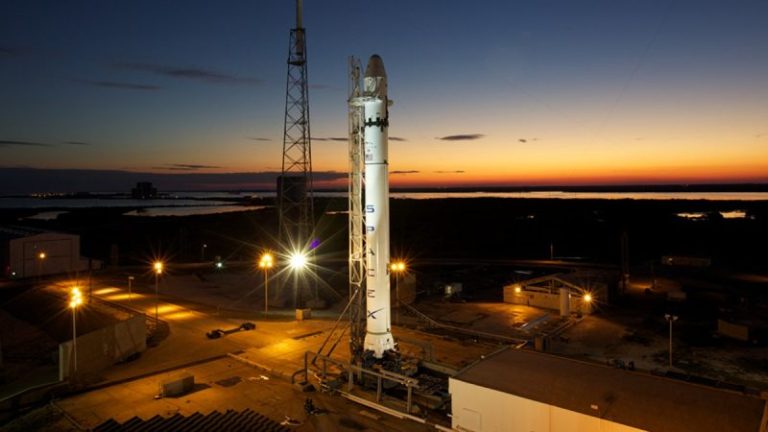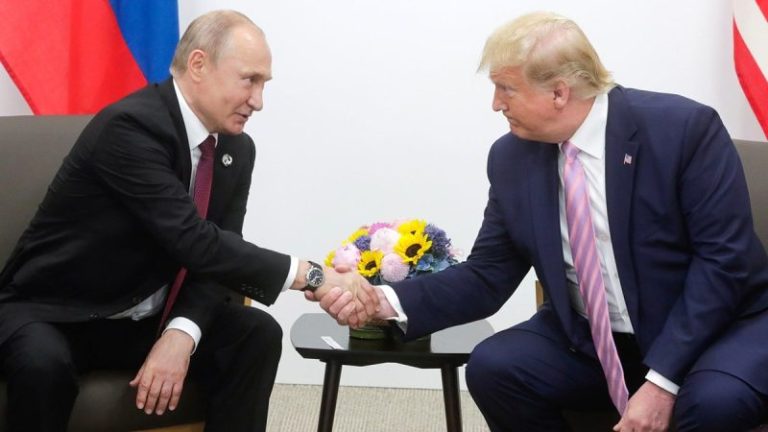Sranan Gold Corp. (CSE: SRAN) (FSE: P84) (Tradegate: P84) (‘Sranan’ or the ‘Company’) announces three channel samples with an apparent width of 5 metres that averaged 36.7 gramstonne (gt) gold were sampled in trench 25RACH-001, the first trench of an ongoing trenching program at the Tapanahony Project in Suriname.
This initial trench is located 150 metres south of Randy’s Pit, which is the largest artisanal mine within the Tapanahony Project. The previously announced high-grade grab samples from underground workings within Randy’s Pit (76.6 g/t and 23.7 g/t gold – see news release dated July 31, 2025) are located approximately 350 metres to the north.
The mineralization intersected in this generally north-south oriented trench trends to the northwest. These results represent the projection of gold mineralization beyond Randy’s Pit to the south. This high-grade interval was missed in historical drilling. Gold mineralization is hosted within sugary textured transposed quartz veins that are associated with sericite-limonite alteration and oxidized pyrite relics. The trench sampled upper saprolite material at the contact zone between sheared sedimentary and granitic rocks, which is an excellent host for gold as seen at the Antino Project, majority owned by Founders Metals, as well as elsewhere in the Guiana Shield.
Table 1: Recent results of trench 25RACH-001.
| Sample ID | Easting | Northing | FROM (m) | TO (m) | INTERVAL (m) | FA Au (g/T) |
| 1862834 | 766510.6 | 454973.7 | 0.0 | 2.0 | 2.0 | 0.3 |
| 1862835 | 766510.6 | 454973.7 | 2.0 | 4.0 | 2.0 | 0.2 |
| 1862836 | 766511.1 | 454974.1 | 4.0 | 6.0 | 2.0 | 25.1 |
| 1862837 | 766510.4 | 454975.2 | 6.0 | 8.0 | 2.0 | 48.1 |
| 1862838 | 766511.9 | 454974.8 | 8.0 | 9.0 | 1.0 | 37.3 |
| 1862839 | 766510.8 | 454974.8 | 9.0 | 10.0 | 1.0 | 0.5 |
| 1862840 | 766510.8 | 454975.7 | 10.0 | 12.0 | 2.0 | 0.3 |
| 1862841 | 766510.0 | 454975.7 | 12.0 | 14.0 | 2.0 | 0.7 |
Dr. Dennis LaPoint, Executive VP of Exploration and Corporate Development, commented: ‘This initial trench further confirms the potential to extend the Randy trend. Multiple gold systems in Suriname are related to complex, multi-stage deformation zones that include tension veins that enhance grade. The ongoing trenching program is designed to further extend the strike length of the Randy trend. Trenching will be conducted simultaneously with drilling on the Randy trend.’
Samples were prepared and assayed by Filab in Paramaribo, Suriname. All samples >2 g/T were re-assayed with 50-gram re-assay and gravimetric assay. Standard QA/QC procedures were followed which showed a satisfactory level of reproducibility. Reject samples will be sent to an independent lab for confirmation of assay results following standard procedures. Channel sampling, trenching and drilling are used to determine average grade and thickness. The Company notes that the channel samples may not represent true thickness of mineralization.
About Sranan Gold
Sranan Gold Corp. is engaged in the business of mineral exploration and the acquisition of mineral property assets in Suriname. The highly prospective Tapanahony Project is located in the heart of Suriname’s modern-day gold rush. Tapanahony covers 29,000 hectares in one of the oldest and largest small-scale mining areas in Suriname.
Sranan Gold also owns the Aida Property consisting of five mineral claims covering an area of 2,335.42 hectares on the Shuswap Highland within the Kamloops Mining Division.
For more information, visit sranangold.com.
Qualified Person
Dr. Dennis J. LaPoint, Ph.D., P.Geo. a ‘qualified person’ as defined under National Instrument 43‐101, has reviewed and approved the scientific and technical information in this release. Dr. LaPoint is not independent of Sranan Gold, as he is the Company’s Executive VP of Exploration and Corporate Development.
Information contact
Oscar Louzada, CEO
+31 6 25438975
THE CANADIAN SECURITIES EXCHANGE HAS NOT APPROVED NOR DISAPPROVED THE CONTENT OF THIS PRESS RELEASE.
Forward-looking statements
Certain statements in this release constitute ‘forward-looking statements’ or ‘forward-looking information’ within the meaning of applicable securities laws including, without limitation, the timing, nature, scope and details regarding the Company’s exploration plans and results at its projects. Such statements and information involve known and unknown risks, uncertainties and other factors that may cause the actual results, performance or achievements of the Company, its projects, or industry results, to be materially different from any future results, performance or achievements expressed or implied by such forward-looking statements or information. Such statements can be identified by the use of words such as ‘may’, ‘would’, ‘could’, ‘will’, ‘intend’, ‘expect’, ‘believe’, ‘plan’, ‘anticipate’, ‘estimate’, ‘scheduled’, ‘forecast’, ‘predict’ and other similar terminology, or state that certain actions, events or results ‘may’, ‘could’, ‘would’, ‘might’ or ‘will’ be taken, occur or be achieved. These statements reflect the company’s current expectations regarding future events, performance and results and speak only as of the date of this release. Further details about the risks applicable to the Company are contained in the Company’s public filings available on SEDAR+ (www.sedarplus.ca), under the Company’s profile.
Forward-looking statements and information contained herein are based on certain factors and assumptions regarding, among other things, the estimation of mineral resources and reserves, the realization of resource and reserve estimates, metal prices, taxation, the estimation, timing and amount of future exploration and development, capital and operating costs, the availability of financing, the receipt of regulatory approvals, environmental risks, title disputes and other matters. While the Company considers its assumptions to be reasonable as of the date hereof, forward-looking statements and information are not guarantees of future performance and readers should not place undue importance on such statements as actual events and results may differ materially from those described herein. The Company does not undertake to update any forward-looking statements or information except as may be required by applicable securities laws.
To view the source version of this press release, please visit https://www.newsfilecorp.com/release/261600
News Provided by Newsfile via QuoteMedia










